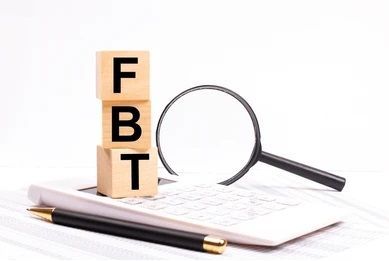What’s the go with PAYG instalments?
Pay As You Go (PAYG) instalments are regular payments toward your current year tax liability. The aim of them is to put aside money toward your tax bill so that when you lodge your tax return there isn’t as much to pay.
Often referred to as just ‘ instalments ’, these tax payments can apply to individuals, companies and superannuation funds earning business and/or investment income.
Individuals earning solely salary and wage income won’t have to pay instalments because tax is withheld from each payment. People and entities who are making losses also won’t have to pay instalments as they generally will not have a tax bill at the end of the year.
So, who does need to pay instalments?
The ATO will start issuing instalments for individuals if:
- You have business or investment income of $4,000 or more in your last tax return, or
- You had tax payable of $1,000 or more in your last tax return, or
- The ATO estimates you will have tax of $500 or more for the current year.
Companies and super funds will need to pay instalments if:
- There was income of $2 million or more in the last tax return, or
- The ATO estimates the company will have tax of $500 or more for the current year.
How are the amounts payable calculated?
Instalment amounts can either be calculated by the ATO or calculated by the taxpayer.
Where the ATO calculates the amount payable, a payment slip is provided by the ATO, and payment just needs to be made. Usually there are no forms to be completed or lodged.
If the payment amount seems too high or too low, it is possible to vary the amount payable.
Where the taxpayer chooses to calculate their own instalment amount, income needs to be calculated and then a percentage rate is applied to work out how much to pay. A form needs to be lodged as well, and the payment made by the due date.
Payment frequency
Instalments can be paid monthly, quarterly or annually, with quarterly being most common. Quarterly instalments are due as follows:
- Q1 September – 28 October
- Q2 December – 28 February
- Q3 March – 28 April
- Q4 June – 28 July
Primary producers are often given the option to pay just two instalments – one in April and one in July.
Monthly instalments may apply to large entities, often with income of more than $20 million per year. These are due on the 21 st day of the following month (i.e. January is due on 21 February).
Annual instalments can also be an option for taxpayers with lower tax payable amounts.
Delivery of instalments
This is where things get a little bit tricky with the ATO. In the past, instalments were all orange forms that were posted out, and some still are. They were easy to identify!
The ATO is now pushing for more digital communication, and their preference is for myGov, ‘ATO Online’ and ‘Agent digital’ delivery methods.
The problem we are finding with digital delivery is that clients aren’t finding out about their instalments until right on the due date, or when the instalment becomes overdue (hello text message from the ATO!).
If you are set up for myGov (personal) or ATO Online (business) delivery, please make sure to check your notifications. The myGov app is a great place to do this as it is right in the palm of your hand. ATO Online often sends an email to the contact person on the account.
For taxpayers the ATO have registered for ‘Agent Digital’, there is currently no notifications being sent to clients or accountants. This is resulting in a lot of overdue notices being issued because we don’t know instalments have been issued – and neither do clients!
The team at GTP are working on how to capture these instalments and provide notifications to clients. Unfortunately, there are no easy answers with the ATO! In the meantime, if you feel you may have an instalment due but haven’t heard anything, contact your accountant to check in.
The post What’s the go with PAYG instalments? appeared first on Green Taylor Partners.
More GTP Articles






